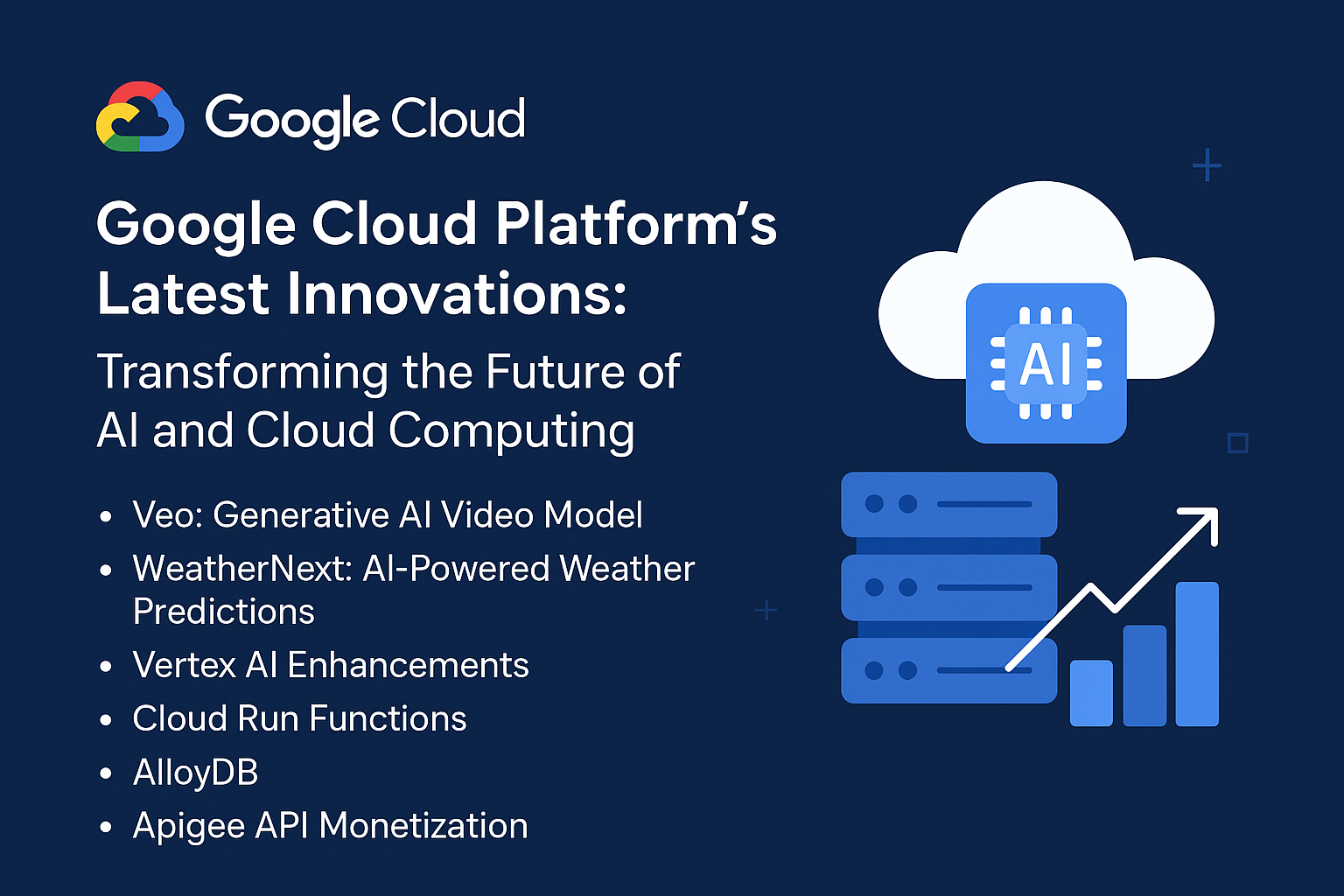Table of Contents: AI-Driven Analytics: Unlocking Business Insights with Big Data
- Introduction to AI-Driven Analytics
- The Role of Big Data in Business Decision-Making
- How AI Enhances Data Analysis
- Key AI Techniques Used in Analytics
- Benefits of AI-Driven Analytics for Businesses
- Challenges in Implementing AI-Driven Analytics
- AI Analytics in Different Industries
- Future Trends in AI-Driven Analytics
- Case Studies: Successful AI-Driven Analytics Applications
- Conclusion
1. Introduction to AI-Driven Analytics
AI-driven analytics refers to the use of artificial intelligence to analyze and extract insights from large volumes of data. By leveraging machine learning, natural language processing, and other AI technologies, businesses can automate data analysis, identify patterns, and make data-driven decisions. The integration of AI allows organizations to process and analyze data faster and more accurately than traditional methods.
- Resource Link: IBM AI in Analytics
2. The Role of Big Data in Business Decision-Making
Big data consists of vast amounts of structured and unstructured data generated by organizations. It holds immense potential for enhancing business strategies, customer experiences, and operational efficiencies. However, the value of big data is unlocked only when advanced analytics, such as AI, are applied. AI algorithms can process these large datasets quickly, uncovering trends and providing insights that would be difficult for humans to find manually.
- Resource Link: Big Data in Business Decision Making
3. How AI Enhances Data Analysis
AI enhances data analysis by automating repetitive tasks, providing real-time insights, and identifying trends that human analysts might miss. Machine learning algorithms can sift through massive datasets to spot correlations, predict future outcomes, and segment data into meaningful categories. This ability to analyze data at scale and speed enables businesses to make quicker, more informed decisions.
- Resource Link: AI and Big Data Analytics
4. Key AI Techniques Used in Analytics
Several AI techniques are crucial in analytics, including:
- Machine Learning (ML): Enables systems to learn from data without being explicitly programmed, optimizing predictive models.
- Natural Language Processing (NLP): Allows machines to understand and analyze human language, often used in sentiment analysis or chatbots.
- Deep Learning: A subset of ML that uses neural networks to process complex data like images, audio, or text.
- Predictive Analytics: Uses historical data to forecast future outcomes.
These techniques are applied across various analytics tasks to enhance data processing, improve accuracy, and reduce manual effort.
- Resource Link: AI Techniques for Data Analytics
5. Benefits of AI-Driven Analytics for Businesses
AI-driven analytics provides numerous advantages for businesses, including:
- Faster decision-making: Automated data processing leads to quicker insights.
- Improved accuracy: AI reduces human error and enhances data integrity.
- Cost savings: Automation lowers labor costs and resource expenditure.
- Better customer insights: AI helps understand consumer behavior more effectively.
- Enhanced personalization: Businesses can tailor products and services based on data-driven predictions.
- Resource Link: Benefits of AI Analytics
6. Challenges in Implementing AI-Driven Analytics
While AI-driven analytics offers significant benefits, it also comes with its challenges:
- Data quality: AI relies heavily on accurate, high-quality data. Poor data can lead to inaccurate results.
- Data privacy: As AI analyzes customer data, businesses must navigate regulations like GDPR to protect privacy.
- Skills gap: There’s a shortage of professionals skilled in both AI and data science, which can impede adoption.
- High initial investment: Implementing AI technologies often requires significant upfront capital and resources.
- Resource Link: Challenges of Implementing AI
7. AI Analytics in Different Industries
AI-driven analytics is transforming industries by enabling smarter business practices:
- Healthcare: AI helps predict patient outcomes, optimize treatment plans, and detect diseases earlier.
- Retail: Personalized recommendations, inventory management, and demand forecasting are enhanced by AI.
- Finance: AI helps detect fraud, manage risks, and optimize trading strategies.
- Manufacturing: Predictive maintenance, supply chain optimization, and quality control benefit from AI.
Each of these industries leverages AI to handle industry-specific challenges and unlock valuable insights.
- Resource Link: AI Applications Across Industries
8. Future Trends in AI-Driven Analytics
The future of AI-driven analytics is filled with exciting possibilities:
- Autonomous Analytics: AI will take over more decision-making processes with little human intervention.
- Edge AI: Real-time data processing at the edge (closer to the source of data) for faster insights.
- AI democratization: Tools that make AI more accessible to non-technical users will become mainstream.
- Explainable AI (XAI): Growing demand for transparency in AI decision-making will drive the development of explainable models.
- Resource Link: Future Trends in AI
9. Case Studies: Successful AI-Driven Analytics Applications
Numerous companies have implemented AI-driven analytics with success:
- Netflix: Uses AI to recommend personalized content based on user behavior.
- Amazon: Implements AI for dynamic pricing and demand forecasting.
- UPS: Uses AI to optimize delivery routes, reducing fuel costs and increasing efficiency.
These case studies showcase the tangible business impact of AI analytics, driving efficiency, customer satisfaction, and profitability.
- Resource Link: Case Studies in AI Analytics
10. Conclusion
AI-driven analytics offers unparalleled opportunities for businesses to harness the power of big data. By utilizing AI techniques such as machine learning and natural language processing, organizations can make more informed decisions, predict future trends, and stay competitive in an increasingly data-driven world. While challenges like data quality and privacy exist, the potential benefits of AI-driven analytics make it a valuable investment for businesses across all sectors.
- Resource Link: AI Analytics Overview
Each section provides an introduction to key topics in AI-driven analytics and supports it with links to further reading and resources for in-depth understanding.

